RESEARCH –––––––
SEWING DISCORD
NON - PAPER
––––––– 01
Presented: Pearl Academy x IFFTI Conference 28 October 2021
RESEARCH –––––––

AESTHETICS OF CARE:
SITUATING DOMESTIC CRAFT IN CONTEMPORARY ART PRACTICES
PAPER
––––––– 01
Author/s
Ginette, Chittick and Hazel, Lim
Corresponding Author: Hazel Lim
Keywords
Care, Craft, Feminism, Process, Agency
As two individuals with artistic practices grounded in design and fine arts respectively, the explorations in the areas of weaving and origami led the two authors to question the place of domestic craft and textile art practices within the intersections of contemporary art and design. Inspired by artists whose heritage and personal narratives are embedded in domestic craft practices, the two authors will examine their methods of working that incorporate aspects of embroidery, latch hooking, fabric manipulation, weaving, and origami.
Defining these artistries as possessing the Aesthetics of Care, this research examines craft’s intrinsic link to the domestic space. The processes imbued with intentions of care and protection for the people who use them or adorn them in the house, are evident in the intricate patterning or fashioning of crafting and textile materials.
Even as we recognise the role that some of these art and social movements (such as Bauhaus and Punk) play in addressing craft as a material and technique, we want to acknowledge their impact and influence here within the Singapore context. Domestic craft and it’s associated materials, techniques and processes that were not readily accepted as part of an artistic practice are of significance here, where the unseen and unacknowledged are used to signify power and potency of the once unaccepted or marginalised.
Increasingly, more artists and designers are using handmade and craft techniques to create works where discourses are grounded in personal narratives, formal and material aspects of the craft and statements about socio/political issues. We seek to uncover a community of artists and designers utilising such methods and materials to present their inherent heritage, narratives through contemporary outlooks and perspectives and specifically to acknowledge the Aesthetics of Care that underlie their practices.
In summary, this research investigates the place and legacy of craft, heritage and ethnography in the materials, processes and works that the authors had been creating and to locate a community of practitioners working with domestic craft and textile-based methodologies and situating these practices grounded in the Aesthetics of Care.
Aims and Objectives
Aesthetics of Care: Situating domestic craft in contemporary art practices is a research that is primarily investigating the place and legacy of domestic craft, heritage and ethnography in the materials, processes and works that had been created for two exhibitions - Planes and Envelopes (2019) and Sewing Discord (2021) organised and curated by the authors.
Craft and textile-based art is a genre of art that occupies an ambivalent position within the hierarchy of visual arts, and often not placed in the same ranks as more traditionally accepted art mediums such as painting or sculpture. One can factor in the reason that craft or textile-based art are commonly associated with the hobbyist or the domestic spheres, and therefore relegated to the category of feminine craft or homecraft, not a legitimate art form that is situated within the canons of art or design histories. Indeed, as argued by Parker (2018, p.495), who cites the example of embroidery as an embodiment of woman’s craft, that there are huge differences between painting and embroidery, different conditions of production and different conditions of reception. But rather than acknowledging that needlework and painting are different but equal arts, embroidery and crafts associated with the ‘second sex’ or the working class are accorded lesser artistic value.
With its less acceptable and marginalised place within the context of contemporary art and design practices, the craft and textile-based artists and designers within the Singapore context remain a loose group of practitioners who have yet to carve out a space for constructive discourses and dialogues surrounding the relationship of their choiced craft/textile materials within the sphere of contemporary art. Through uncovering this community of practitioners and situating their practices grounded within the aesthetics of care, we can address the labour unseen in the production of these works. In terms of exhibition making, we aim to elucidate, highlight and make visible the technologies behind the craft and textile techniques employed by the artists.
Literature review
Craft methodologies used in contemporary art and design is certainly not a new discourse, in fact, the division between art and craft had long been debated and never quite resolved. For if one is to argue that craft ought to be accorded a place in the hierarchy of art is to acknowledge that this hierarchy has legitimacy. One of the objectives of this research instead is to thwart this hierarchy system, and to find a place to view domestic craft’s contribution and influence in art making wholly from its materials, processes and skills involved.
Several readings from the book The Craft Reader edited by Glenn Adamson (2010), provided varied entry points to looking at the role of craft through several chapters that span from the how-tos, to craft’s relations to the industrial revolution and age of mass production, craft history and theory, idealism and reform in craft, craft in action as well as highlighting curatorial approaches in contemporary craft exhibitions and forums. For the purpose of this research paper, some notable essays from this reader provided tangible basis to discuss the salient points the authors wished to discuss in relation to handwork, feminist discourse in craft work and the everydayness of craft techniques and processes.
In particular, Lucy Lippard’s essay on Making Something out of Nothing and Rozsika Parker’s The Creation of Femininity from The Subversive Stitch: Embroidery and the Making of the Feminine are most relevant for the research to anchor the points made with regards to craft’s status as being intrinsically linked to female work and female-centric art. Due to its association with the domestic sphere, craft is undermined, accorded an inferior status and continues to be identified and accepted as a quintessential form of women’s work. Both Lippard and Rozsika, argue for craft to be seen as a subversive act - one that denotes an acquiesce as much as a medium that resists.
In Stefan Muthesius’s essay on Handwerk/Kunsthandwerk and Walter Benjamin’s Traces of Craft written by Esther Leslie, the research finds much relevance in the way both authors focused on situating handwork as an opposition to the products of industry and commerce, and how the hand persists as an organ that extends the notion of tactility and sense of touch. Handwork and its associated slowness plays an important part in this research where the marks and traces of the artist postulate notions of authenticity, originality, empathy and care.
Methodology
The Aesthetics of Care research is centred on two main exhibitions planned over the course of two years: (1) Planes and Envelopes, and (2) Sewing Discord. This section will be focused on these two exhibitions and the works featured in them.
Planes and Envelopes
Planes and Envelopes is the first exhibition the authors organised as part of the Aesthetics of Care research. It ran from 18 March to 11 April 2019 at The UltraSuperNew gallery, Singapore. The UltraSuperNew Gallery is an interactive space that curates and brings together creatives from all backgrounds to ignite discovery, imagination, and conversation. It serves as a launchpad for experimental collaborations between artists, designers, and innovators alike.

Figure 1: Planes and Envelopes exhibition view at UltraSuperNew Gallery, Singapore (2019)

Figure 2: Planes and Envelopes exhibition poster (2019)
The two authors employ the use of rudimentary materials such as yarn and paper to create woven artworks that highlight the intersections of contemporary art, design and craft. Using pared down materials such as the kapok yarn and semi-translucent paper, they were fashioned through intricate and repeated patterning to create objects that celebrate the versatility of the materials used and highlight their intrinsic forms, colours and materiality.
The title of this exhibition, Planes and Envelopes refers to the mountain and valley folds a weave makes, a modular pattern that could be permuted, to produce larger objects. As can be seen in Figure 3, Ginette Chittick’s kapok cotton and wool blend is hand spun to fabricate a series of tapestries that are collaged with other materials such as wood and acrylic, whilst Hazel Lim’s modular coloured pieces of paper are folded repeatedly and then integrated in an interlocking pattern to form larger and malleable pieces of sculptural forms that interact with light and shadows.

Figure 3: Rainbow in my mind (2019) by Hazel Lim (left) and Coming Into (2019) by Ginette Chittick (right)
Grounded in everydayness, the repetitive process of weaving is vital to both artists’ processes. The notion of being able to carve out one’s own personal space that is untainted by other distractions, reflects a ritualistic and meditative energy for both artists. It is an aspect that parallels and echoes the unseen labour and detailed hand work that females in many cultures engage in: weaving, embroidery, knitting, quilting, crocheting, tapestries, origami and basket weaving, etc.
Sewing Discord
As a follow up to the Planes and Envelopes exhibition, to extend a dialogue on the Aesthetics of Care, the authors worked closely with the Esplanade’s curator Lu Xiaohui and 3 other Singaporean-based artists to present the Sewing Discord exhibition.
Held at the Jendela Gallery, Esplanade in Singapore, this exhibition opened on 16 April 2021 and lasted through 29 August 2021. The Esplanade is a not-for-profit arts centre that is driven by a mission to entertain, engage, educate and inspire through the arts. Primarily a performing arts centre, it also comprises visual arts spaces such as the Jendela Gallery and the Concourse where visual arts exhibitions are hosted every quarterly.

Figure 4: Sewing Discord exhibition poster (2021)

Figure 5: Sewing Discord exhibition view at Jendela Gallery, Esplanade, Singapore (2021)
The Jendela Gallery is unlike the usual white cube gallery space, due to the Esplanade’s unique architecture consisting of two dome structures framed with windows. Jendela in the Malay language refers to windows, and the interior space of this gallery is indeed framed on one curved side by a row of windows that overlook part of the Singapore river. For this exhibition, more wall space was created by closing up this window to create a curved tunnel experience throughout the elongated cavernous space (Figure 6).
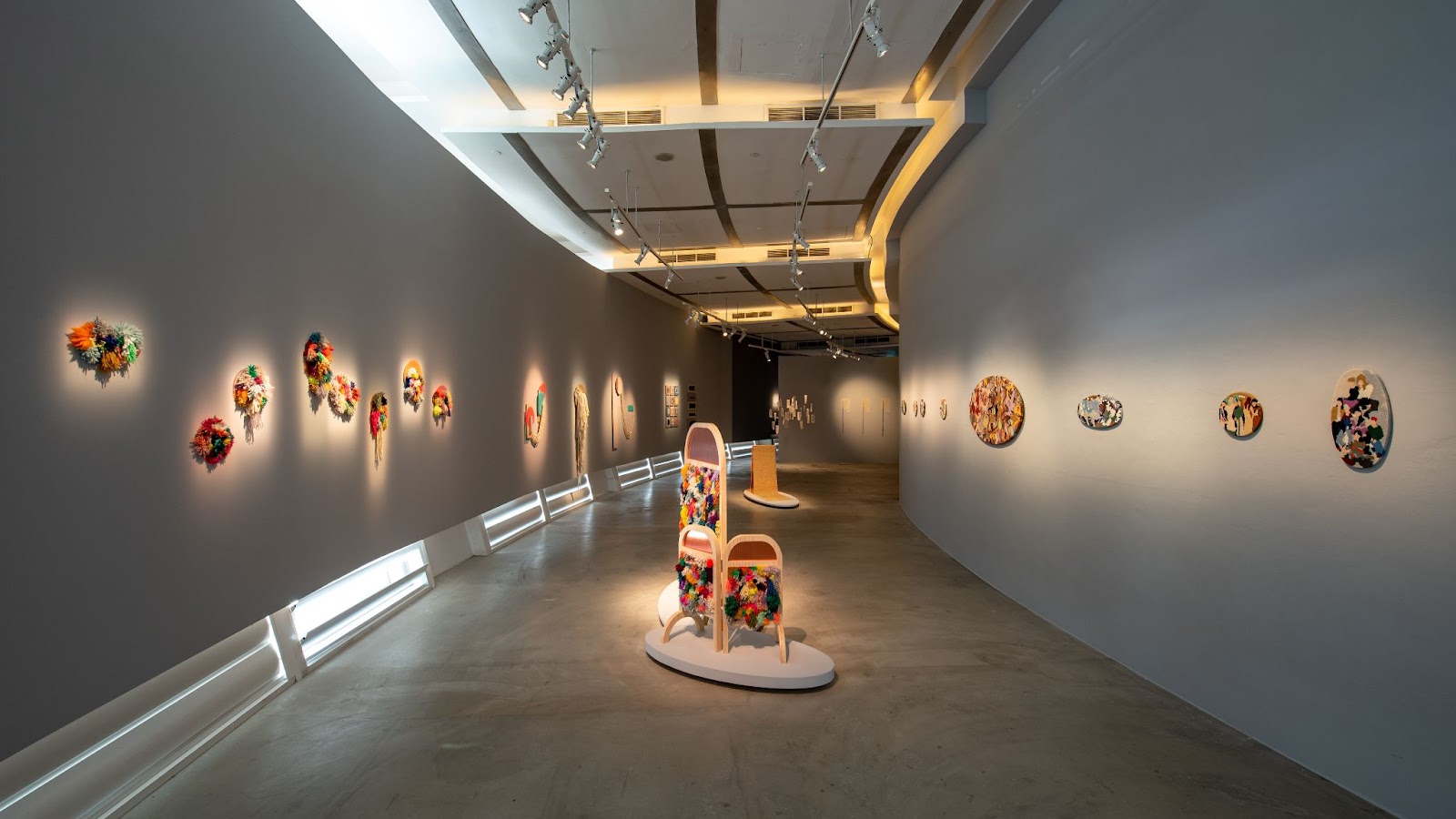
Figure 6: Sewing Discord exhibition view at Jendela Gallery, Esplanade, Singapore (2021)
Sewing Discord is a playful pun to the term sowing discord, which in common parlance refers to an act that causes distrust between persons. The play of the phonetics takes a leaf from this definition by highlighting how craft as a technique is appropriated from its common use in domesticated environs to a chosen approach by these artists to articulate domestic craft’s inherent power and an intended reversal of meaning from passivity/domesticated to one of renewed strength and agency.
Sewing Discord is an exhibition that brings together 5 artists/designers whose creative approaches incorporate aspects of crafting technologies such as weaving, latch hooking, embroidery, origami, punch needling and cross-stitching. Whilst interrogating and drawing references from other mediums such as painting, sculpture and architectural and interior forms, their use of these techniques and materials is one that seeks to reinterpret the position of domestic craft in the hierarchy of visual culture. Commonly seen as a medium used by women in domesticated spaces - it is devoid of power and strength and one that is perceived as purely decorative and trivial. As Parker (2018, p.494) asserts, that the real difference between an art made with thread and an art made with paint is where it is made, who makes it, and for whom. When looked at in this light, it becomes obvious that the "inferiority" of the one comes from the fact that it is made by women in the home for the private realm, while the other is considered "high art" because it is made by men in the public realm, either for money or to "educate" the public.
Whether they are using personal narratives as an anchor point, or negotiating visual forms through the lenses of sculpture or painting, craft as a method in these two exhibitions is meant to raise conversations about the unspoken, unseen and invisible. In many ways, the artists intend for the craft techniques used to create deceptions of domestic craft’s accepted meanings and allusions.
Ginette Chittick continues to use the handspun yarn as part of her materials to create an explosion and cacophony of colours in her sculptural wall and standing pieces. Titled Echoes and This Must be the Place (Figure 7), the main work is a pair of shoji screens that are festooned with assortments of yarn latch-hooked and integrated onto one side of the screens, creating a visual compartmentalisation of space, one that she carefully carves out as time and space of her own. The notion of the screen and its symbolic demarcation of the domestic and the public also serves as a metaphor for the often unseen physical and emotional labour of women in the home. Across from the screens, Chittick’s smaller pieces of works titled The Diamond Sea (Figure 8) utilise the same technique of latch-hooking to create small tapestries made with handspun yarn and acrylic. The geometric acrylic shapes are a reference to the Memphis design style that Ginette was inspired by during a time that she was in the process of moving house and scouting for interior design ideas. For Ginette, such objects endure in the mundane everyday but are not accorded a place in contemporary art and it is her desire to imbue them with narratives of female agency and power.

Figure 7: This Must Be the Place (left) and Echoes (right) (2021) by Ginette Chittick

Figure 8: Part of The Diamond Sea series (2021) by Ginette Chittick
Hazel Lim’s experimentation with origami and paper folding takes one on a visual journey through her composition of colour swatches. The interlocking and repeated design of the square origami unit continues to be the main feature in her work, as employed in the first exhibition Planes and Envelopes. By placing the folded paper tapestries within acrylic boxes carefully selected to reflect an associated family of colours, the origami folds and drapes against the backdrop of the coloured acrylic planes create unexpected gradients and hues of colours and shadows (Figure 9). This play on coloured forms is related to her on-going interest in colour theory, semiotics of colours and optical perspectives. As a corollary to the paperwork, Aerobics and Squaring the Circles (Figure 10) are using an entirely different technique of punch needle embroidery to explore craft’s diagrammatic and instructional images. For her, these diagrams are overlooked as visuals worthy of being considered as art images, much in the same category as maps, architectural blueprints and signages. Thus, these embroidery pieces are playful derivations of drawings that use notations and symbols to signify stitches in craft books, and at the same time, echoing similar gradients of shades found in her origami tapestry pieces.
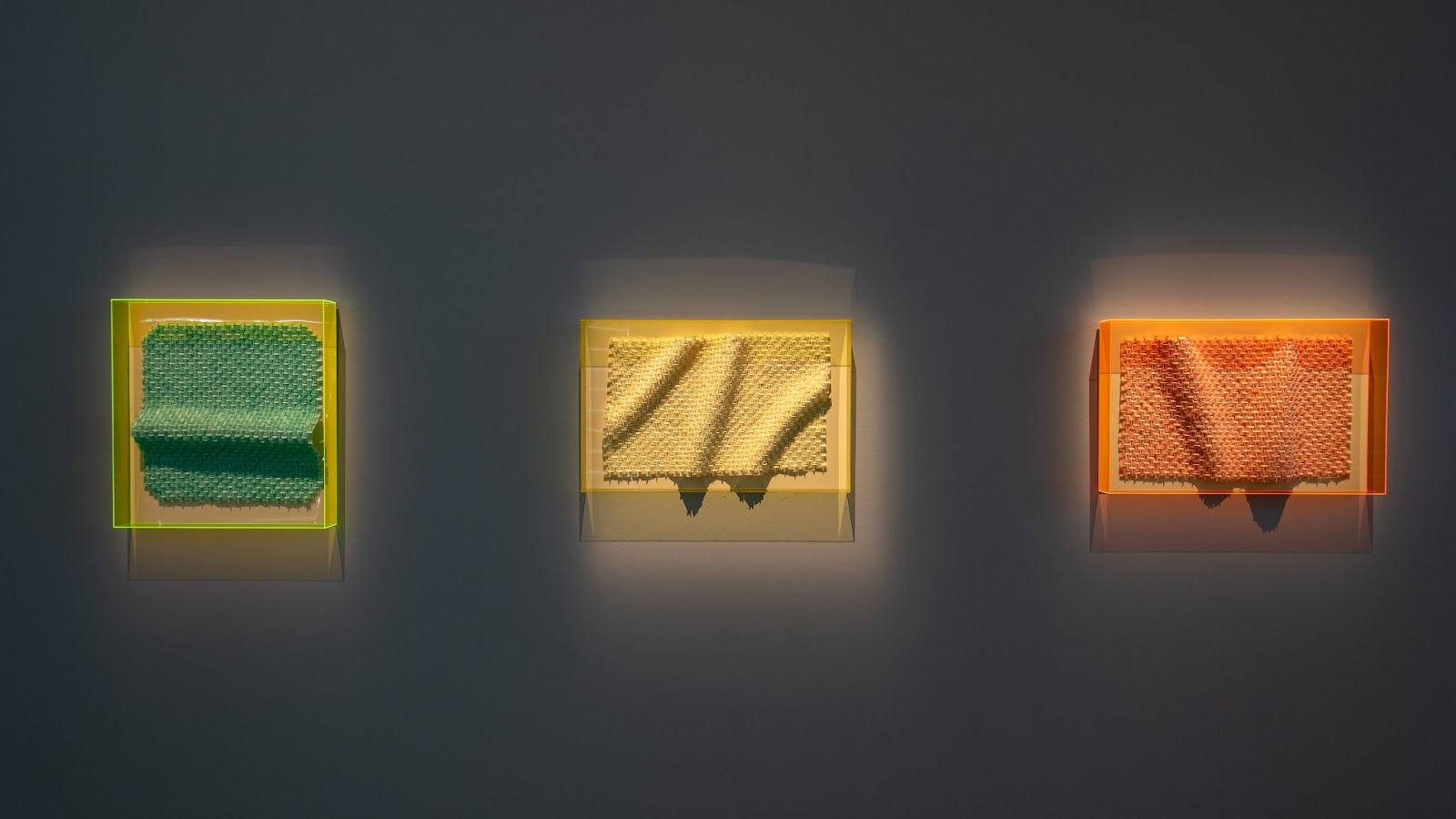
Figure 9: The Garden (left), All Pastels, Twilight behind the Pine Trees (Centre) and Dance of a Happy Shade (right) (2021) by Hazel Lim
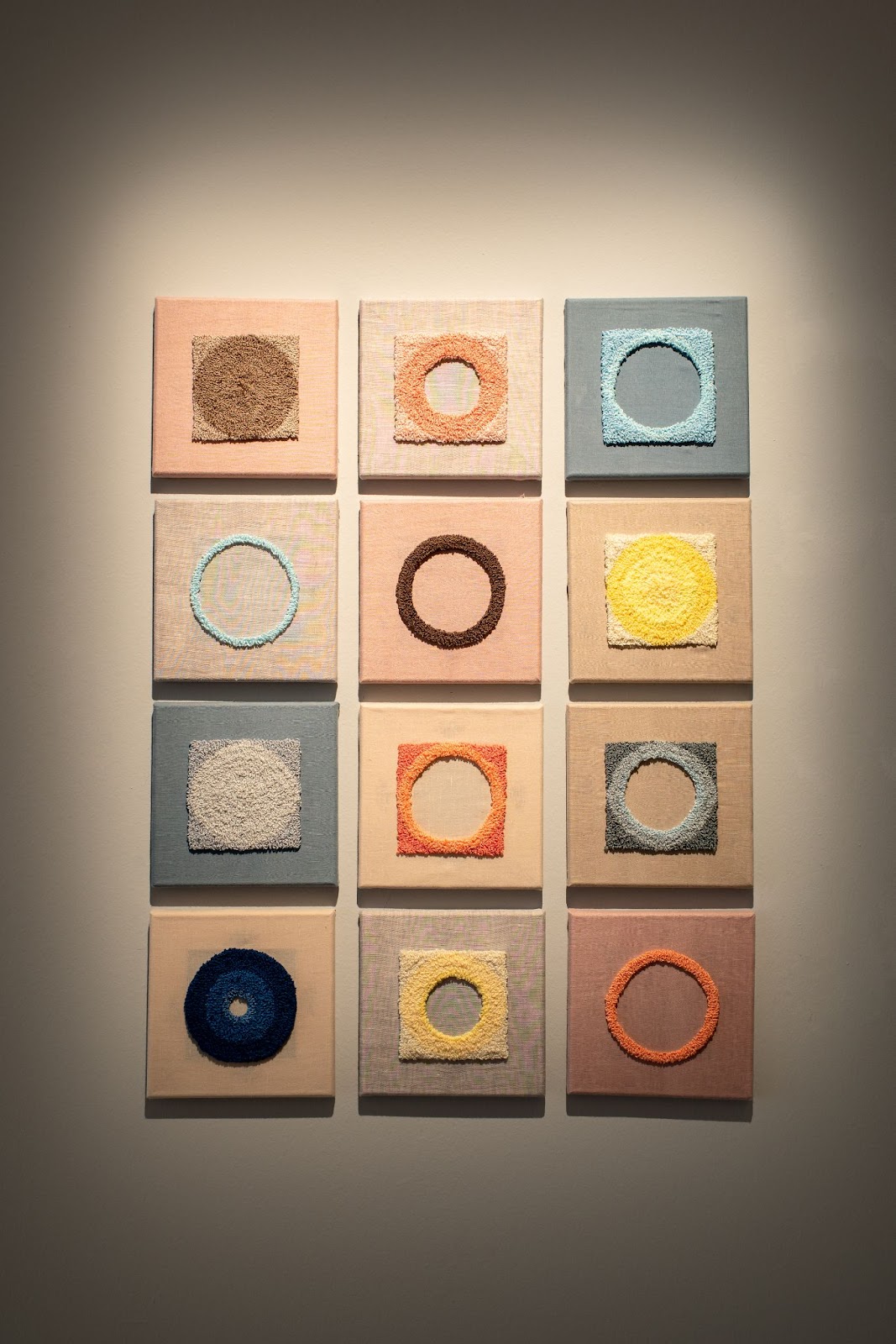
Figure 10: Squaring the Circles (2021) by Hazel Lim
Jodi Tan employs several ways to construct and imagine her abstract pieces, at times with drawings and collages, and other times through the cross stitching method. The works presented at the exhibition is an extension of her existing body of work entitled Sense of Order (Figure 11) made since 2013. For Tan, her intention with the cross stitch method is to create abstract images, which is a departure from the usual conventions of cross stitching which tends to be representational and includes motifs such as flora and animal designs. Working with found images that contain planes of shapes and colours and manipulating the pixel square units of the Aida cloth (Figure 12), she approaches the surface material as she would with a painting, and plans the composition in a way akin to a manual photoshopping method - cutting, pasting and repeating sections of the shapes or forms. However, unlike a painting where one could possibly observe the layering of brush strokes and analyze the construction of the image, cross stitch has no such layers – in this sense, any sort of visual cues for the viewer would be purely optical and lying on the surface, creating a curious environment where one has to take time to read the image differently.
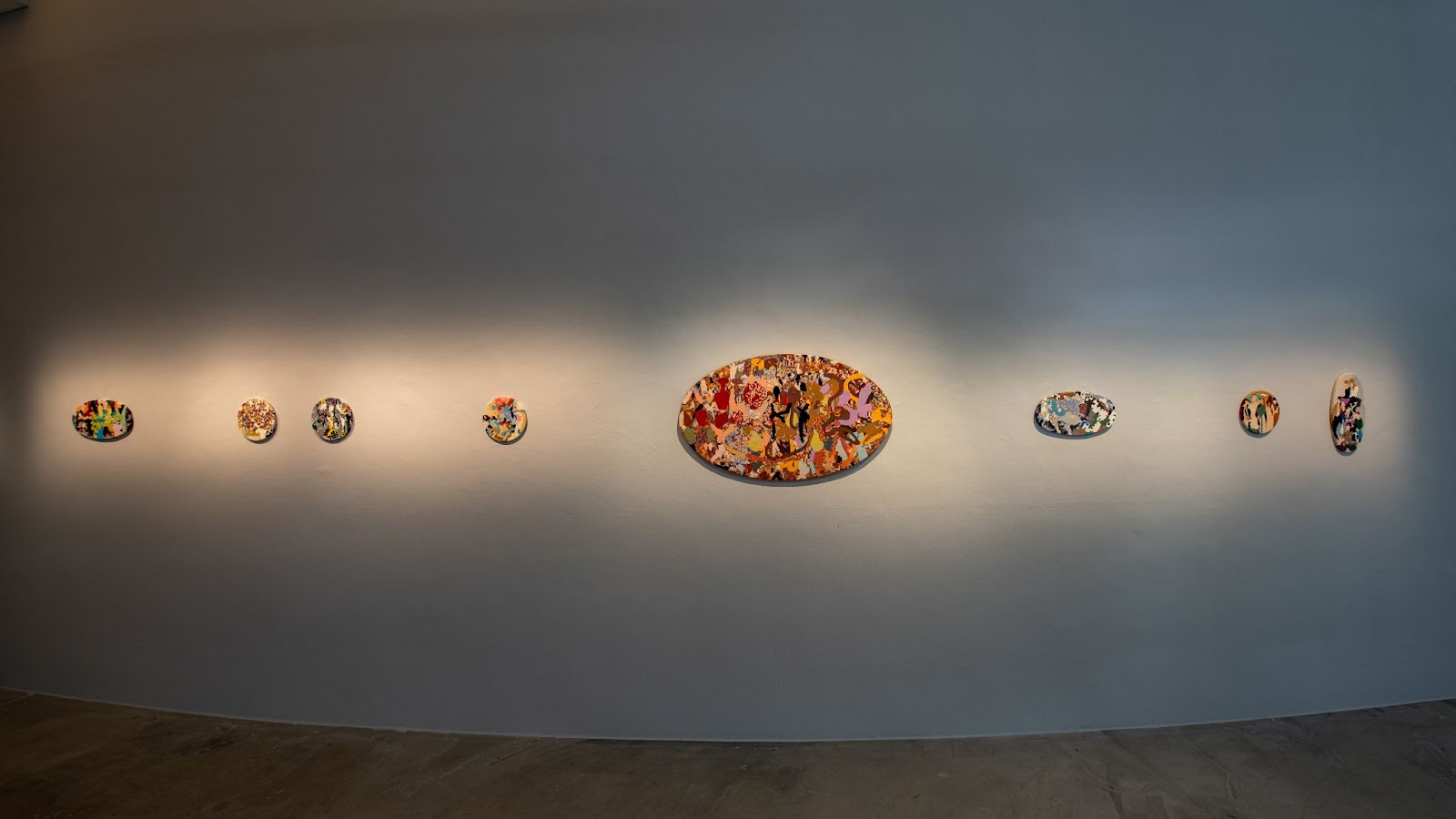
Figure 11: Jodi Tan’s series of works (2013-2021) in Sewing Discord

Figure 12: Sense of Order #11 (2016) by Jodi Tan
In Nature Shankar’s movement-driven processes of spontaneous embroidery and fabric manipulation, she aims to create visual narratives that contextualise existence and uncomfortable personal experiences. As seen in Figure 13, catalysed by a desire to give voice and form to her responses to traumatic circumstances observed in daily life, her works candidly bring into view that which is often concealed or evaded. Fabrics which she finds comfort in are deconstructed and blended into pulp which she uses to create canvases that form the textured ground for her embroidered narratives. Raw, complex and unaltered experiences and emotions in the form of personal texts and narratives are embedded as layers onto the repurposed textiles, resulting in intimate stories that unfurl in large, intricate landscapes of unconstrained lines and shapes (Figure 14). Her physically intensive and meditative process aligns her entire being with the cathartic journey of allowing her responses to take form. While embodying the notions of care and empathy, these works also attest to the importance of holding space for questions that challenge our current state of affairs.
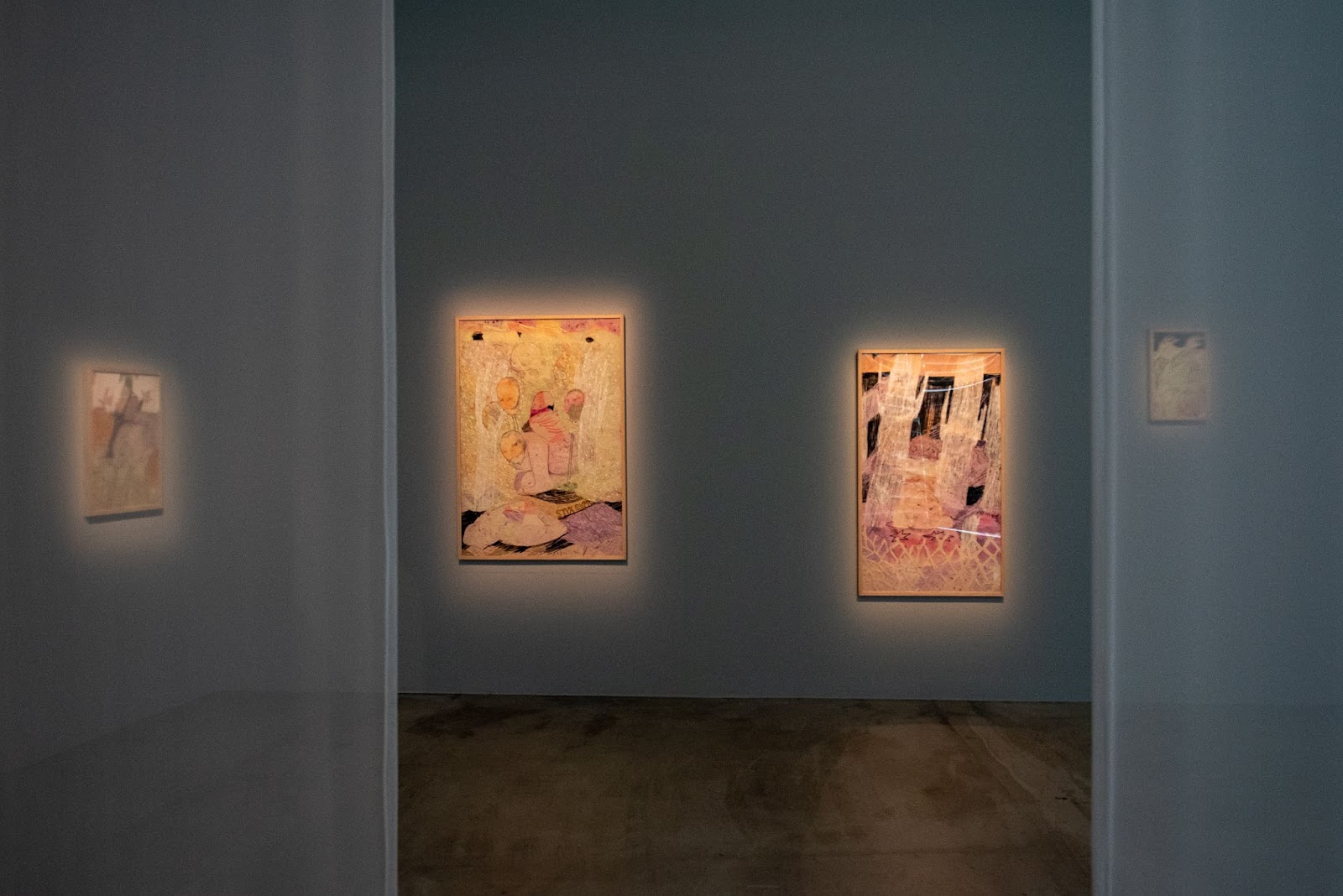
Figure 13: Nature Shankar’s series of works in Sewing Discord
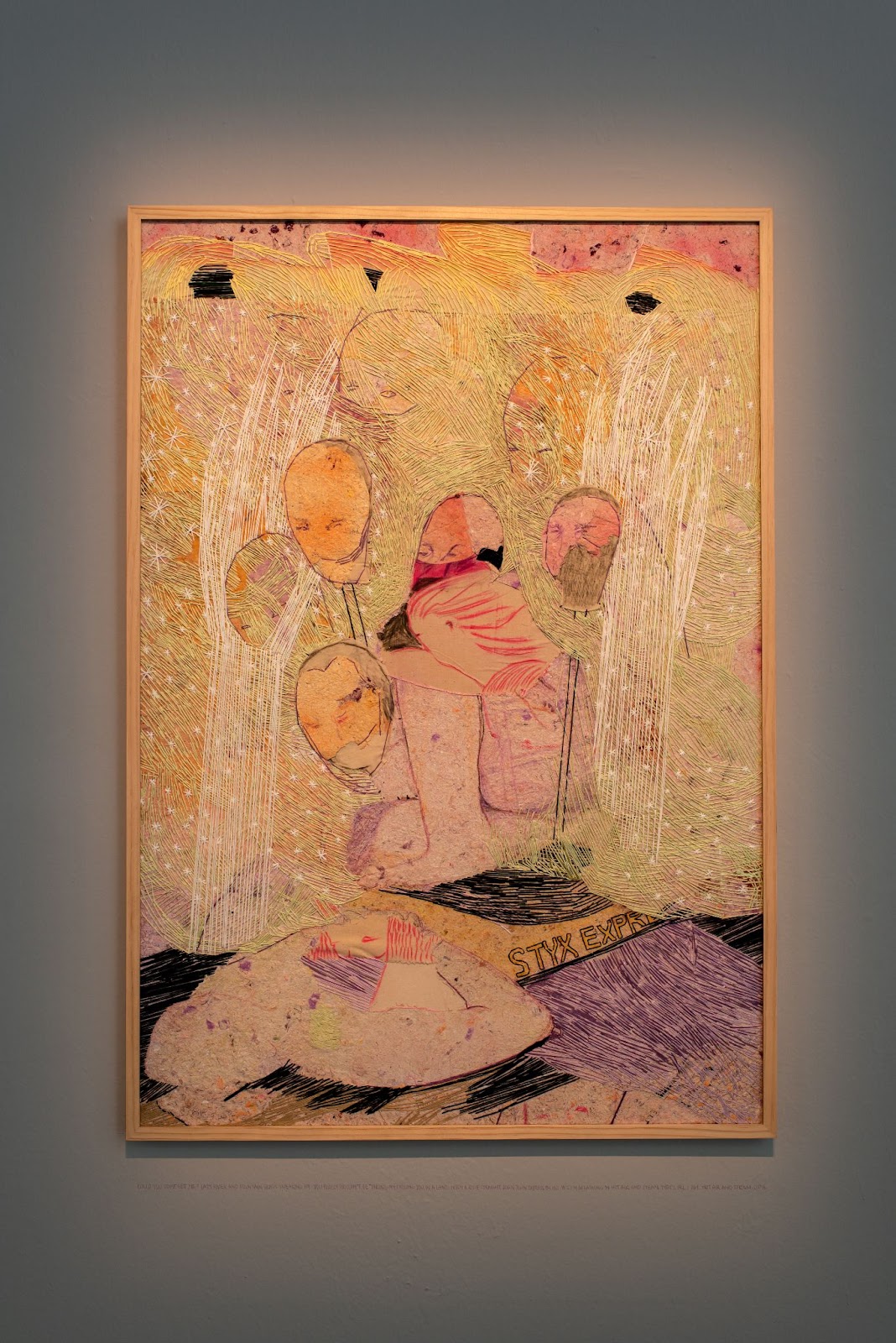
Figure 14: As Above, So Below (2021) by Nature Shankar
Berny Tan’s explorations of embroidery stem from her understanding of the process as an obsessive act that lies between the therapeutic and the torturous; one that is meditative and tedious and at times even painful. The three series of works in this exhibition represent variants of one of her primary strategies in artmaking: the stitching of text found and composed (Figure 15), using methods that pivot between legibility and illegibility (Figure 16). In fact, whether they are found or constructed texts, she creates a visual image from the texts or a phantom of the texts that resemble hieroglyphs or cuneiform of sorts. They connect to larger concerns within her art practice, particularly the ambivalent space where the systematic and the subjective meet, where her internal states are simultaneously articulated and encoded. In her works, she explores the tensions that arise when one applies systems to, and unearths systems in, intangible personal experiences, complicating the false binary between rational and emotional. Her strategies also reflect a fundamental interest in language as it is read, written and spoken by her, or through her, to express and explore the interstices between the cryptic and the confessional.
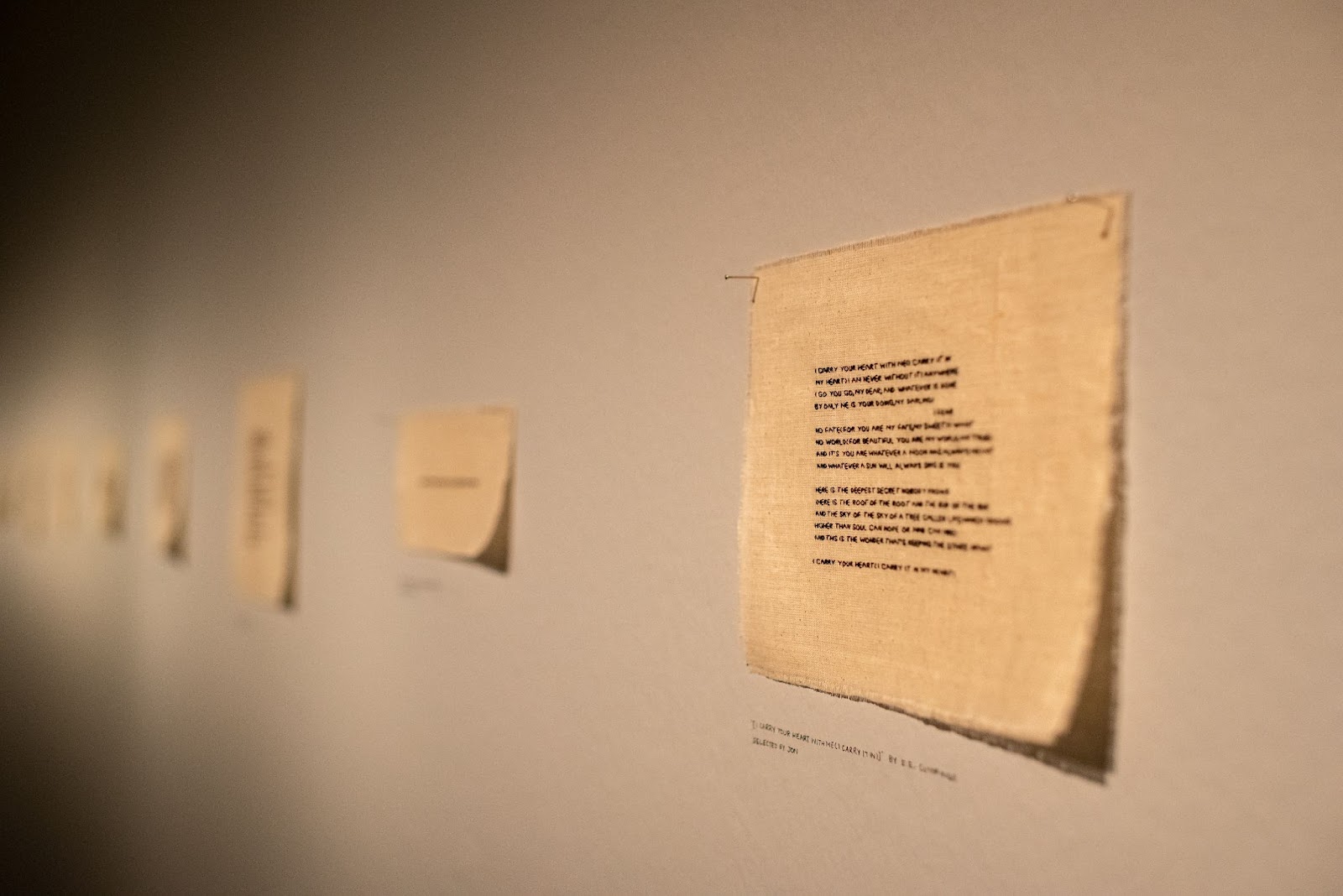
Figure 15: An Anthology of Dwelling (2021) by Berny Tan
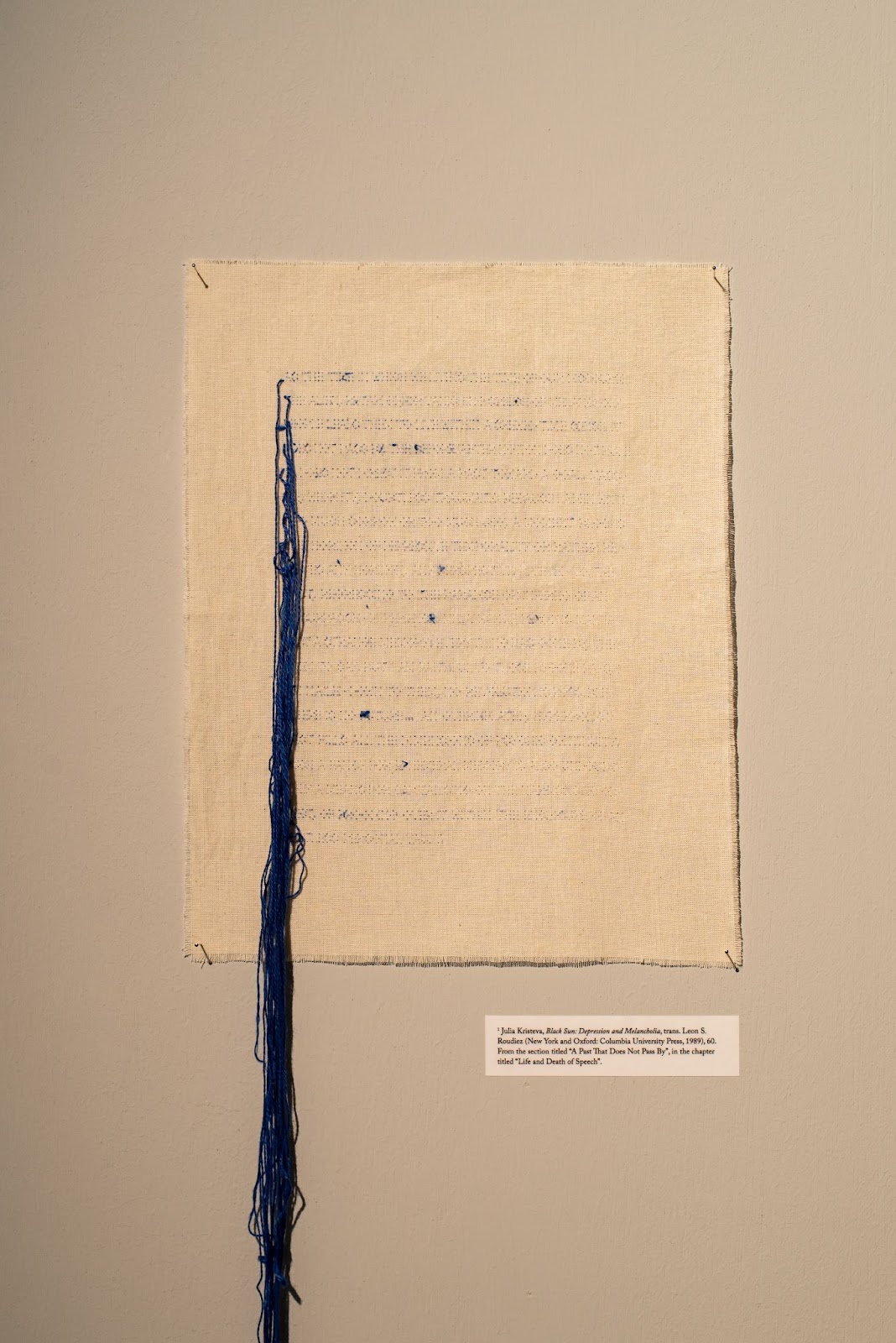
Figure 16: Citations (2021) by Berny Tan
Care for materials - the hand that makes
One of the main conjectures of this research on the Aesthetics of Care is the notion of the handmade and that the craft that had been associated with the home is to be made visible and perceptible. Through both exhibitions, this notion is made salient through the selection of the works and their processes. During the curation of the Sewing Discord exhibition, the authors and the curator Lu wanted to include a process room (Figure 17) - a sort of footnote at the end of the elongated curved gallery space, to invite audiences into a space where the materials used and the processes that are undertaken by the artists are presented in two ways: (1) as artefacts and remnants of the materials used for the works and (2) the techniques and processes undertaken by each artist in a curated short video.
Housed within a vitrine, each of the 5 artists placed a selection of materials and/or remnants of their processes to clarify their chosen craft methodologies. With an assortment of materials ranging from threads, yarn, fabric used as well as the tools such as latch hook, embroidery needle, bone folder, this section provided a glimpse into the physical tools and preferred materials used for the outcome of the exhibition. Accompanying the vitrines (Figure 18), on the adjacent side of this room, the authors curated and filmed a short clip for each artist, showing specifically their hands interacting and engaging with their materials. When producing this video, the authors are conscious not to create an instructional video as is commonly associated with craft and hobby art videos where step by step instructions are prevalently used as a mode of communication. Instead, the video adopted an ASMR (Autonomous Sensory Meridian Response) format where not just the artists’ hands are made most obvious, but the sounds created when the materials are manipulated by the hands or tools. This is an important aspect to expound the significance of the hand-made and to amplify the noise/sound that accompany the makers during these ritualistic and meditative moments of creation.

Figure 17: Process Room in Jendela Gallery
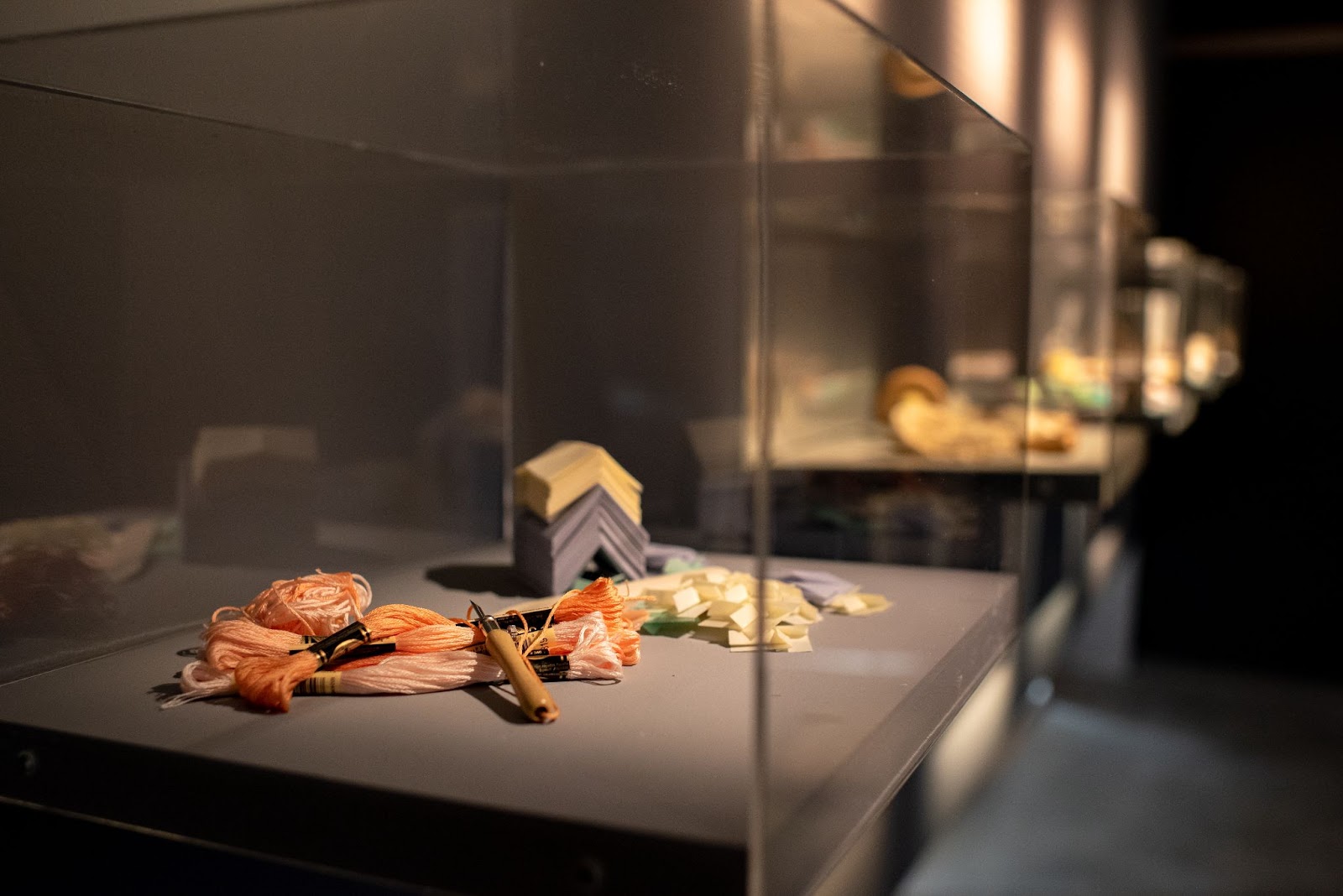
Figure 18: Vitrines in the Process Room
This process room is a critical aspect of the exhibition and is placed at the end of the gallery space in order to provide a different pace and rhythm to viewing the exhibition. Where the main exhibition area presented the outcomes and final outputs of what the audience can imagine to be handmade works, this process room lifted some of the mystique associated with the works and how they were produced, giving the audience a chance to understand the motivations and labour involved. To a certain extent, it is the intent of the authors and the curator to draw one’s attention to the sense of the material, honesty, (Muthesius, 2018, p.124) as well as warmth that is coming from the form - warmly created from home … the feeling-for-growth form (Muthesius, 2018, p.127).
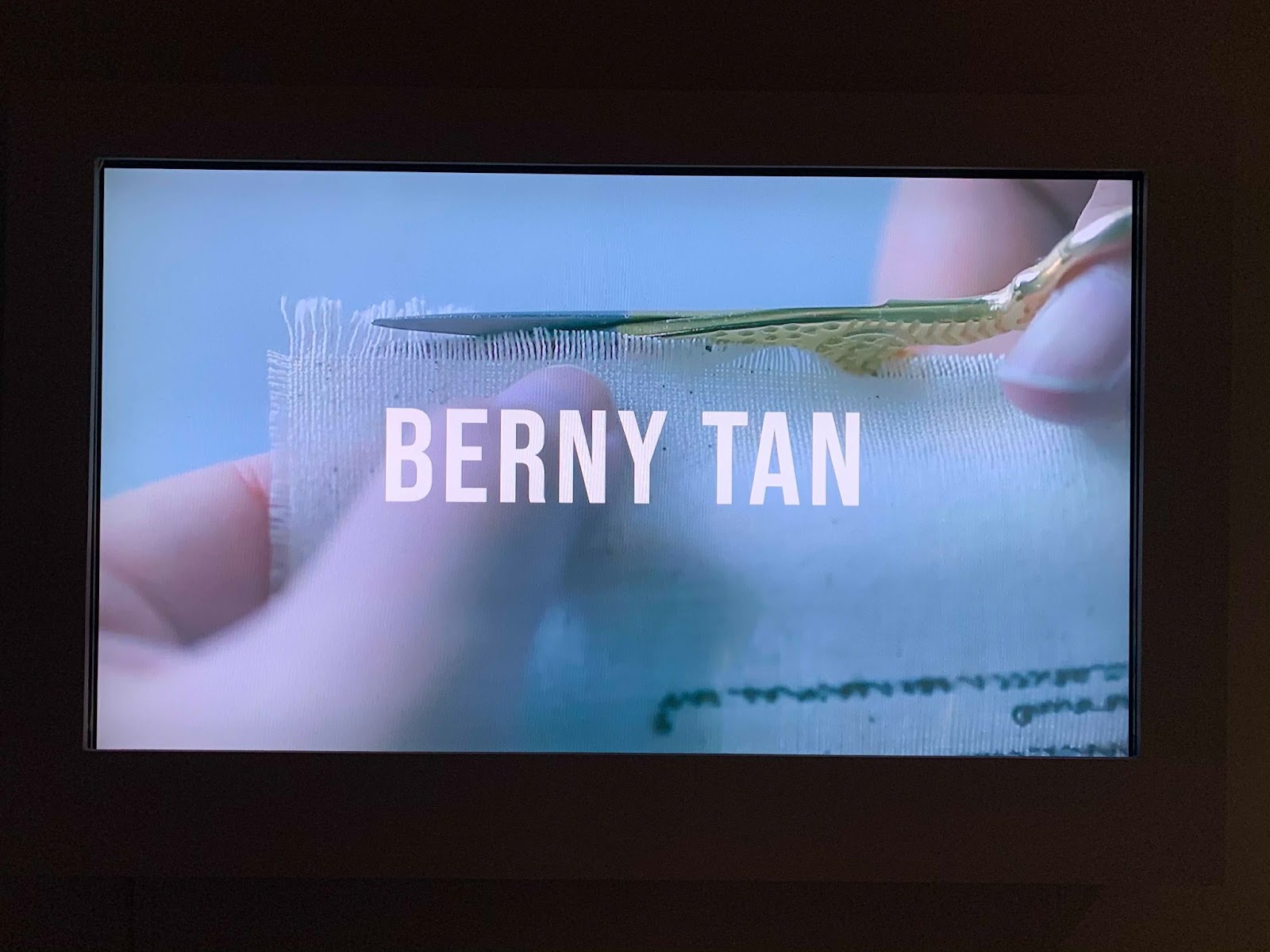
Figure 19: Screenshot of video showing Berny Tan trimming her fabric
The video’s focus on the hand is a strategy and which evokes the sense of touch, as described by Leslie (2018, p.387), in the essay about Walter Benjamin: Traces of Craft, recurrent in Benjamin’s delineations of experience are the words tactile, tactics, the tactical, entering German, as it enters English via the Latin tangere, touch. To touch the world is to know the world. She argues that the hand, with its tactility, is central in Benjamin’s comprehension of experience … Grasping the truth, seizing the future; the hand is a political organ. (Leslie, 2018, p.387)
Care for the self - a room of one’s own
Although the Aesthetics of Care is concerned with the care that corresponds to the material and how they are being manipulated and transformed to create art objects, one should not discount the fact that the notion of care can also be extended to the care for the self or maker.
Indeed, in one of the several exchanges and discussions that the artists had during the preparation of the exhibition, is whether some of the work that they are engaged in can be outsourced - i.e. if the artists would seek help from apprentices or assistants to complete the works. All the 5 artists in the Sewing Discord exhibition, despite the labour intensive nature of their works, did not engage any form of assistance for the completion of the works, or have any intention to do so. This is a particularly interesting and noteworthy point, for it appears that singular-person production or narrative is of utmost importance for the artist where the repetition and the meditative resulting from this ritual became a basis of her production and thought process. Likened by Leslie (2018, p.387), she cites that for Benjamin, to reflect on the operations of storytelling, or craft communication and experience, is to ponder the arabesque of labour, experience and selfhood.
Unlike commercial and mass-produced products, where one can rely on a template to create multiples and exact copies of the object, the idiosyncratic nature of the handmade and the bespoke relies on the particular handwork of the artisans/artists where marks, traces, and even flaws are evident. Whilst the visible materialisation and realisation of the handmade is made evident, much has not been discussed regarding the psychology of the makers, and how the pace of time and the effect of repetitive rituals have an impact on the artist/maker, and how this process is manifested in the work.
This, the authors felt, is one of the most poignant consequences of this research, where carving out one’s own space, particularly for the female, remains critically absent in many societies. Females, even in today’s modern context, are still expected to juggle the multiple facets of public and private lives in a more complex world we live in, and continue to carry burdens and emotional labour that are invisible and unacknowledged. It is with this thought that the processes of Sewing Discord finds a mirror, that to find a room of one’s own - even if that resides in the smallest pockets of time and space, is a solace that echos Woolf’s essential point on free expression and that a woman must have money and a room of her own if she is to write fiction. (Kronenberger, 1929) Or in this context, to make art.
Time, Repetition, Ritual
One of the features of domestic craft is its reliance on the repetitive mode of production to create a design that functions either as an aesthetic object for the home or for individuals, or to function as a ware that can be used around the home, or adorn a person. This repetition comprises techniques that could range from that which is simple to one that is complex. No matter, it constitutes a learned process and muscle memory that when repeated endlessly, could produce a tapestry of knots, stitches, weaves and/or folds that ultimately result in an object that is imbued with care and attention for the materials. As noted by Lippard in her essay on Making Something from Nothing, she cited Harmony Hammond that in so much recent abstract art by women often emerges from a feminist adoption of the positive aspects of women’s history. It relates to the ancient sensuously repetitive, Penelopean rhythms of seeding, hoeing, gathering, weaving, spinning as well as to modern domestic routines. (Lippard, 2018, p.487)
As highlighted earlier, although one is able to discern and appreciate the production and techniques involved in these craft through the visual manifestation of handwork, what is not immediately apparent is the psychological impact the processes undertaken has for the maker.
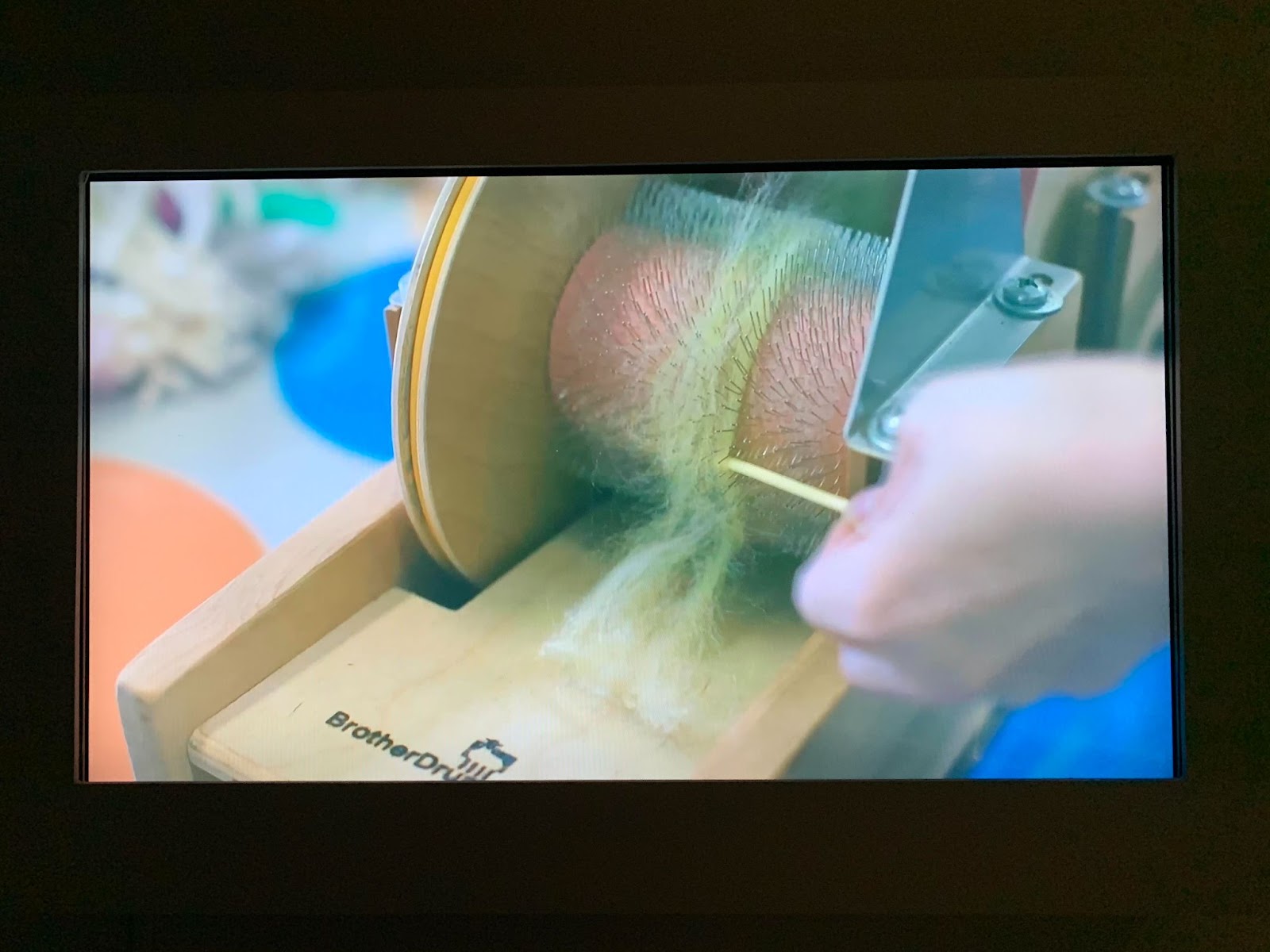
Figure 20: Screenshot of Ginette carding yarn on the drum carder
As an extension of the do-it-yourself ideology that undergirds her creative practice, Chittick uses a drum carder (Figure 20) that blends wool and cotton harvested from kapok trees found around Singapore and a drop spindle to spin the blend into yarn . The textured yarn is then incorporated into her latch hook tapestries and mixed media sculptural works. Her approach embraces the tactility and presence of the creator’s hand inherent in craft, acknowledging the value and thought within manual practices alongside that which is created with careful labour. Aside from this acknowledgement of the labour involved, she often cites how this multiple-step process allows her to carve out time purely for herself, to create a work that is wholly from her, and is imbued with a ritualistic process and is a testament to time spent on them.
Indeed this time spent on the object is a constant feature for all the pieces of work presented at the Sewing Discord exhibition. This posited time runs against the normal clockwork, is antithetical to the capitalistic time and is purposefully expressed as a slowness which is evident in each of the marks and traces made by the artists.
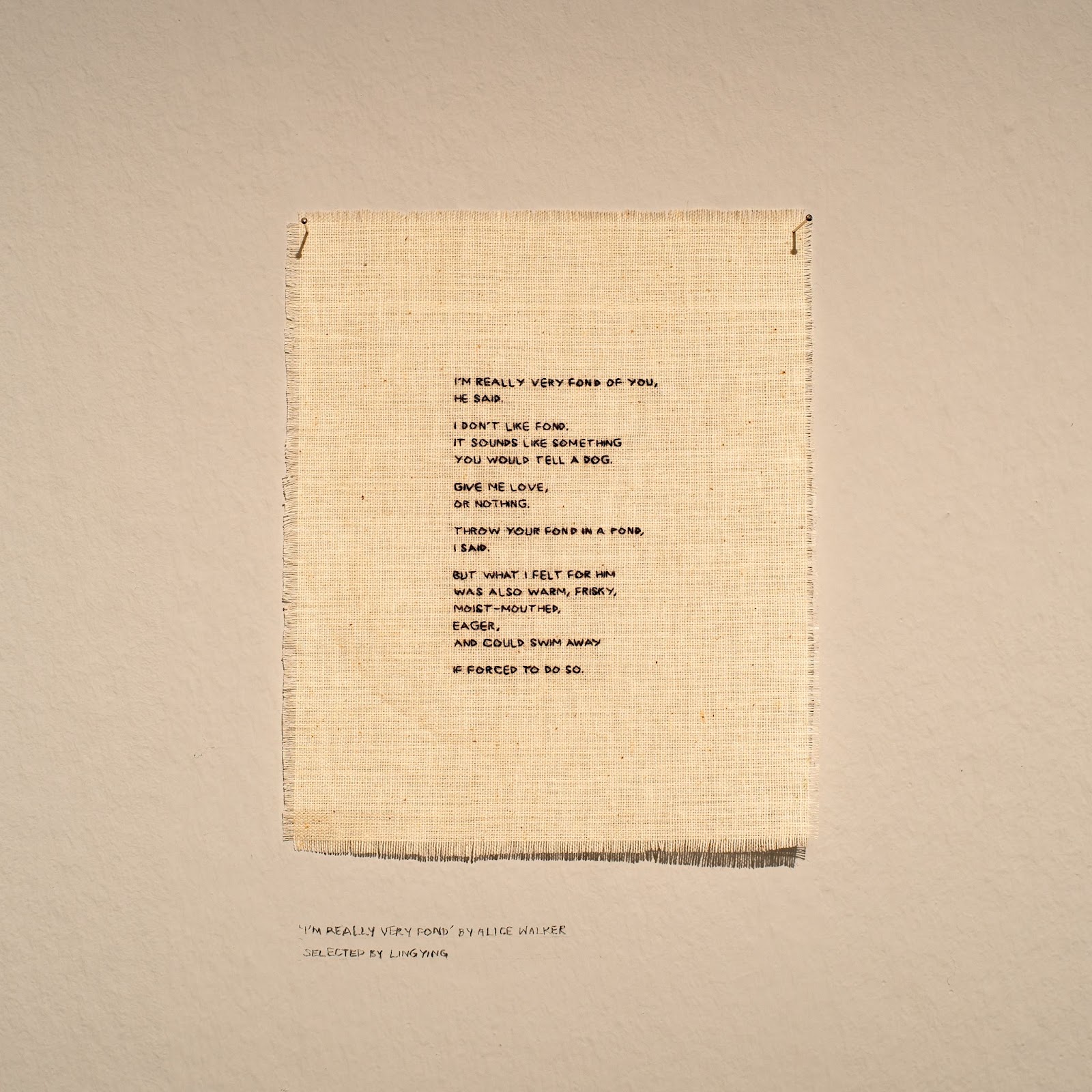
Figure 21: Detail of An Anthology of Dwelling (2021) by Berny Tan
This is particularly palpable in Berny Tan’s way of engaging with text sewn on fabric. Although all three pieces of her works are embodiments of slow time as can be seen in the painstaking process of stitching and at times unpicking the stitches to create phantom text/stitch, the work An Anthology of Dwelling (Figure 21) illustrates the slowness most poignantly. The notion of dwelling in her title gives the sense of languidly meandering on the texts that one is encountering on each little piece of fabric. Displaying a poem, passage or quote, these are texts that had stayed with the contributors for a long time, or might have affirmed or altered their perspectives. While Tan might not have an existing emotional connection to these texts, the meditative and ritualistic act of stitching them stretches the time and effort it takes to make them as much as it is to read them, simulating a process of prolonged resonance. These embroideries are thereby able to signify spaces of empathy, created when one person shares a meaningful text with another in slowness.

Figure 22: Detail of There’s a Portal in the Desert (2021) by Nature Shankar
Similar to Tan, Shankar’s approach to her works embody a cathartic process where spaces of empathy and care can be created through the personal confessional narratives. The fabrics originally loaded and burdened with meanings and personal stories, are pulped, reconstructed and then reassembled onto another surface, signifying time and stories broken down to be retold in another fashion. The ritual of destruction in order to express trauma, personal grievances and hurt are critical aspects to Shankar’s works that aimed ultimately to present coded and layered images using domestic fabrics and embroidery stitches to denote scars (Figure 22).
Unit, Scale and Monumentality
It is undeniable that for many domestic craft, the grid is the pattern that provides a base unto which the designs are organised or arranged. As noted by Lippard (2018, p.487), the shared or published pattern forms the same kind of armature for painstaking handwork and for freedom of expression within a framework as the underlying grid does in contemporary painting. Repetition relies on this grid, or more specifically on the units of the grids in order to permutate itself into multiple forms and designs. This minutiae, indeed when expanded, give rise to many possibilities in terms of scale and monumentality, one in which Hazel Lim and Jodi Tan took advantage of.

Figure 23: Detail of A Slash of Blue (2021) by Hazel Lim
For Lim, the basis of the paperwork is a square unit of origami. This simple origami design, found in a hobby craft book, presents a versatile and flexible design for her because when folded, the pockets on all four sides of the square allows for each square to be slotted with one another to permutate and extend into larger entities, and allow Lim to plan and compose her final sculptural pieces that can be draped and assembled on different types of structures and surfaces (Figure 23). This portable method of working helps her in juggling the multiple roles she plays as a full time educator and mother, but also presents an interesting facet of working that reminds her of typewriter art - a genre of art that she is inspired with. Typewriter art, for her, presents some similarity as craft, one that is restricted to some degree in terms of structure and the grid. Yet, in that structure and grid, it provides freedom in arranging the patterns and marks within these restricted and limited spaces of the paper or fabric.
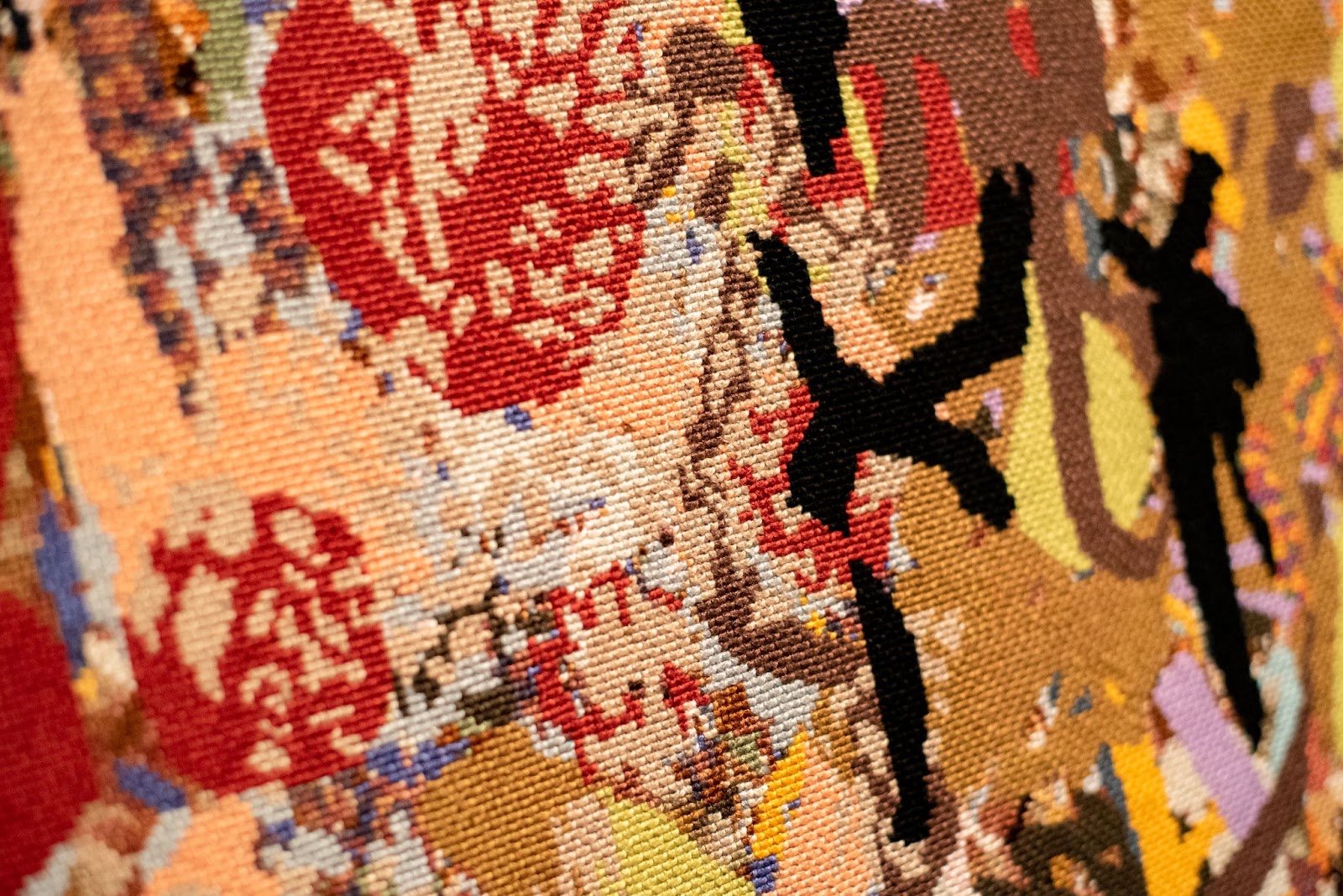
Figure 24: Detail of Sense of Order #16 (2021)
Similar to Lim, Tan is also trained as a painter and both of them tend to approach their craft-based works through the lenses of image making and painting devices. For Tan, when each of the forms and shapes that she deploys are taken out of their original contexts, they become anonymous and can be manipulated using rules devised by her—like playing with basic visual principles such as repetition and symmetry—which shape the way the images are created. In contrast to the brisk speed of painting, the methodology of cross-stitching slowed down her process, enabling her to make decisive evaluations of her adopted approach. She employed the formal properties of the pixel-like units of the Aida cloth and the ready-made colours of cotton floss threads in her experimentation. As can be seen in this detailed image (Figure 24), the flat, two-dimensional optical layering creates an enlarged surface and image made up of multiple square units where each pixel is carefully planned in terms of colour relations and results in an outcome where she hopes the viewer can take time to read.
When the audience views the Sewing Discord exhibition in its totality, one could agree that the selection of the craft techniques utilised relates to the craft associated with the home, and more specifically with our mothers, aunts and sisters. This may very well relate to the everydayness of homely rituals , and for many contemporary observers, the main appeal of craft is its connection to the rhythms and realities of what has been called the everyday. (Adamson, 2018, p.457)
However, unlike an everydayness that would usually conjure sensations of mundane-ness, lightheartedness and weightlessness, the works in this exhibition, due to the apparent labour and obsessiveness, render feelings of weight and gravity. Despite the exhibition's obvious entryway of beauty, ornament and gem-like quality in all the works, being lit in those seductive halogen light - it is a facelift that conceals what they truly want to communicate. The intensity and obsession in its making and through the perceived weight and gravity, that they ultimately want to express agency and subversive power of domestic craft.
Adamson, G. (2018). The Craft Reader. London: Bloomsbury Visual Arts.
Kronenberger, L. (1929) ‘Virginia Woolf Discusses Women and Fiction’, The New York Times, 10 November 1929. Available at: https://archive.nytimes.com/www.nytimes.com/books/00/12/17/specials/woolf-room.html (Accessed: 20 June 2021)
Leslie, E. (2018). ‘Walter Benjamin: Traces of Craft’, in Adamson, G (ed) The Craft Reader. London: Bloomsbury Visual Arts, pp. 386 - 394.
Lippard, L. (2018). ‘Making Something from Nothing (Toward a Definition of Womens’ ‘Hobby Art’), in Adamson, G (ed) The Craft Reader. London: Bloomsbury Visual Arts, pp. 483 - 490.
Muthesius, S. (2018). ‘Handwerk/Kunsthandwerk’, in Adamson, G (ed) The Craft Reader. London: Bloomsbury Visual Arts, pp. 120 - 134.
Parker, R. (2018). ‘The Creation of Femininity’ from The Subversive Stitch: Embroidery and the Making of the Feminine, in Adamson, G (ed) The Craft Reader. London: Bloomsbury Visual Arts, pp. 490 - 500.
Ginette, Chittick and Hazel, Lim
Corresponding Author: Hazel Lim
Keywords
Care, Craft, Feminism, Process, Agency
Abstract
As two individuals with artistic practices grounded in design and fine arts respectively, the explorations in the areas of weaving and origami led the two authors to question the place of domestic craft and textile art practices within the intersections of contemporary art and design. Inspired by artists whose heritage and personal narratives are embedded in domestic craft practices, the two authors will examine their methods of working that incorporate aspects of embroidery, latch hooking, fabric manipulation, weaving, and origami.
Defining these artistries as possessing the Aesthetics of Care, this research examines craft’s intrinsic link to the domestic space. The processes imbued with intentions of care and protection for the people who use them or adorn them in the house, are evident in the intricate patterning or fashioning of crafting and textile materials.
Even as we recognise the role that some of these art and social movements (such as Bauhaus and Punk) play in addressing craft as a material and technique, we want to acknowledge their impact and influence here within the Singapore context. Domestic craft and it’s associated materials, techniques and processes that were not readily accepted as part of an artistic practice are of significance here, where the unseen and unacknowledged are used to signify power and potency of the once unaccepted or marginalised.
Increasingly, more artists and designers are using handmade and craft techniques to create works where discourses are grounded in personal narratives, formal and material aspects of the craft and statements about socio/political issues. We seek to uncover a community of artists and designers utilising such methods and materials to present their inherent heritage, narratives through contemporary outlooks and perspectives and specifically to acknowledge the Aesthetics of Care that underlie their practices.
In summary, this research investigates the place and legacy of craft, heritage and ethnography in the materials, processes and works that the authors had been creating and to locate a community of practitioners working with domestic craft and textile-based methodologies and situating these practices grounded in the Aesthetics of Care.
Introduction
Aims and Objectives
Aesthetics of Care: Situating domestic craft in contemporary art practices is a research that is primarily investigating the place and legacy of domestic craft, heritage and ethnography in the materials, processes and works that had been created for two exhibitions - Planes and Envelopes (2019) and Sewing Discord (2021) organised and curated by the authors.
Craft and textile-based art is a genre of art that occupies an ambivalent position within the hierarchy of visual arts, and often not placed in the same ranks as more traditionally accepted art mediums such as painting or sculpture. One can factor in the reason that craft or textile-based art are commonly associated with the hobbyist or the domestic spheres, and therefore relegated to the category of feminine craft or homecraft, not a legitimate art form that is situated within the canons of art or design histories. Indeed, as argued by Parker (2018, p.495), who cites the example of embroidery as an embodiment of woman’s craft, that there are huge differences between painting and embroidery, different conditions of production and different conditions of reception. But rather than acknowledging that needlework and painting are different but equal arts, embroidery and crafts associated with the ‘second sex’ or the working class are accorded lesser artistic value.
With its less acceptable and marginalised place within the context of contemporary art and design practices, the craft and textile-based artists and designers within the Singapore context remain a loose group of practitioners who have yet to carve out a space for constructive discourses and dialogues surrounding the relationship of their choiced craft/textile materials within the sphere of contemporary art. Through uncovering this community of practitioners and situating their practices grounded within the aesthetics of care, we can address the labour unseen in the production of these works. In terms of exhibition making, we aim to elucidate, highlight and make visible the technologies behind the craft and textile techniques employed by the artists.
Literature review
Craft methodologies used in contemporary art and design is certainly not a new discourse, in fact, the division between art and craft had long been debated and never quite resolved. For if one is to argue that craft ought to be accorded a place in the hierarchy of art is to acknowledge that this hierarchy has legitimacy. One of the objectives of this research instead is to thwart this hierarchy system, and to find a place to view domestic craft’s contribution and influence in art making wholly from its materials, processes and skills involved.
Several readings from the book The Craft Reader edited by Glenn Adamson (2010), provided varied entry points to looking at the role of craft through several chapters that span from the how-tos, to craft’s relations to the industrial revolution and age of mass production, craft history and theory, idealism and reform in craft, craft in action as well as highlighting curatorial approaches in contemporary craft exhibitions and forums. For the purpose of this research paper, some notable essays from this reader provided tangible basis to discuss the salient points the authors wished to discuss in relation to handwork, feminist discourse in craft work and the everydayness of craft techniques and processes.
In particular, Lucy Lippard’s essay on Making Something out of Nothing and Rozsika Parker’s The Creation of Femininity from The Subversive Stitch: Embroidery and the Making of the Feminine are most relevant for the research to anchor the points made with regards to craft’s status as being intrinsically linked to female work and female-centric art. Due to its association with the domestic sphere, craft is undermined, accorded an inferior status and continues to be identified and accepted as a quintessential form of women’s work. Both Lippard and Rozsika, argue for craft to be seen as a subversive act - one that denotes an acquiesce as much as a medium that resists.
In Stefan Muthesius’s essay on Handwerk/Kunsthandwerk and Walter Benjamin’s Traces of Craft written by Esther Leslie, the research finds much relevance in the way both authors focused on situating handwork as an opposition to the products of industry and commerce, and how the hand persists as an organ that extends the notion of tactility and sense of touch. Handwork and its associated slowness plays an important part in this research where the marks and traces of the artist postulate notions of authenticity, originality, empathy and care.
Methodology
The Aesthetics of Care research is centred on two main exhibitions planned over the course of two years: (1) Planes and Envelopes, and (2) Sewing Discord. This section will be focused on these two exhibitions and the works featured in them.
Planes and Envelopes
Planes and Envelopes is the first exhibition the authors organised as part of the Aesthetics of Care research. It ran from 18 March to 11 April 2019 at The UltraSuperNew gallery, Singapore. The UltraSuperNew Gallery is an interactive space that curates and brings together creatives from all backgrounds to ignite discovery, imagination, and conversation. It serves as a launchpad for experimental collaborations between artists, designers, and innovators alike.
Figure 1: Planes and Envelopes exhibition view at UltraSuperNew Gallery, Singapore (2019)
Figure 2: Planes and Envelopes exhibition poster (2019)
The two authors employ the use of rudimentary materials such as yarn and paper to create woven artworks that highlight the intersections of contemporary art, design and craft. Using pared down materials such as the kapok yarn and semi-translucent paper, they were fashioned through intricate and repeated patterning to create objects that celebrate the versatility of the materials used and highlight their intrinsic forms, colours and materiality.
The title of this exhibition, Planes and Envelopes refers to the mountain and valley folds a weave makes, a modular pattern that could be permuted, to produce larger objects. As can be seen in Figure 3, Ginette Chittick’s kapok cotton and wool blend is hand spun to fabricate a series of tapestries that are collaged with other materials such as wood and acrylic, whilst Hazel Lim’s modular coloured pieces of paper are folded repeatedly and then integrated in an interlocking pattern to form larger and malleable pieces of sculptural forms that interact with light and shadows.
Figure 3: Rainbow in my mind (2019) by Hazel Lim (left) and Coming Into (2019) by Ginette Chittick (right)
Grounded in everydayness, the repetitive process of weaving is vital to both artists’ processes. The notion of being able to carve out one’s own personal space that is untainted by other distractions, reflects a ritualistic and meditative energy for both artists. It is an aspect that parallels and echoes the unseen labour and detailed hand work that females in many cultures engage in: weaving, embroidery, knitting, quilting, crocheting, tapestries, origami and basket weaving, etc.
Sewing Discord
As a follow up to the Planes and Envelopes exhibition, to extend a dialogue on the Aesthetics of Care, the authors worked closely with the Esplanade’s curator Lu Xiaohui and 3 other Singaporean-based artists to present the Sewing Discord exhibition.
Held at the Jendela Gallery, Esplanade in Singapore, this exhibition opened on 16 April 2021 and lasted through 29 August 2021. The Esplanade is a not-for-profit arts centre that is driven by a mission to entertain, engage, educate and inspire through the arts. Primarily a performing arts centre, it also comprises visual arts spaces such as the Jendela Gallery and the Concourse where visual arts exhibitions are hosted every quarterly.
Figure 4: Sewing Discord exhibition poster (2021)
Figure 5: Sewing Discord exhibition view at Jendela Gallery, Esplanade, Singapore (2021)
The Jendela Gallery is unlike the usual white cube gallery space, due to the Esplanade’s unique architecture consisting of two dome structures framed with windows. Jendela in the Malay language refers to windows, and the interior space of this gallery is indeed framed on one curved side by a row of windows that overlook part of the Singapore river. For this exhibition, more wall space was created by closing up this window to create a curved tunnel experience throughout the elongated cavernous space (Figure 6).
Figure 6: Sewing Discord exhibition view at Jendela Gallery, Esplanade, Singapore (2021)
Sewing Discord is a playful pun to the term sowing discord, which in common parlance refers to an act that causes distrust between persons. The play of the phonetics takes a leaf from this definition by highlighting how craft as a technique is appropriated from its common use in domesticated environs to a chosen approach by these artists to articulate domestic craft’s inherent power and an intended reversal of meaning from passivity/domesticated to one of renewed strength and agency.
Sewing Discord is an exhibition that brings together 5 artists/designers whose creative approaches incorporate aspects of crafting technologies such as weaving, latch hooking, embroidery, origami, punch needling and cross-stitching. Whilst interrogating and drawing references from other mediums such as painting, sculpture and architectural and interior forms, their use of these techniques and materials is one that seeks to reinterpret the position of domestic craft in the hierarchy of visual culture. Commonly seen as a medium used by women in domesticated spaces - it is devoid of power and strength and one that is perceived as purely decorative and trivial. As Parker (2018, p.494) asserts, that the real difference between an art made with thread and an art made with paint is where it is made, who makes it, and for whom. When looked at in this light, it becomes obvious that the "inferiority" of the one comes from the fact that it is made by women in the home for the private realm, while the other is considered "high art" because it is made by men in the public realm, either for money or to "educate" the public.
Whether they are using personal narratives as an anchor point, or negotiating visual forms through the lenses of sculpture or painting, craft as a method in these two exhibitions is meant to raise conversations about the unspoken, unseen and invisible. In many ways, the artists intend for the craft techniques used to create deceptions of domestic craft’s accepted meanings and allusions.
Ginette Chittick continues to use the handspun yarn as part of her materials to create an explosion and cacophony of colours in her sculptural wall and standing pieces. Titled Echoes and This Must be the Place (Figure 7), the main work is a pair of shoji screens that are festooned with assortments of yarn latch-hooked and integrated onto one side of the screens, creating a visual compartmentalisation of space, one that she carefully carves out as time and space of her own. The notion of the screen and its symbolic demarcation of the domestic and the public also serves as a metaphor for the often unseen physical and emotional labour of women in the home. Across from the screens, Chittick’s smaller pieces of works titled The Diamond Sea (Figure 8) utilise the same technique of latch-hooking to create small tapestries made with handspun yarn and acrylic. The geometric acrylic shapes are a reference to the Memphis design style that Ginette was inspired by during a time that she was in the process of moving house and scouting for interior design ideas. For Ginette, such objects endure in the mundane everyday but are not accorded a place in contemporary art and it is her desire to imbue them with narratives of female agency and power.
Figure 7: This Must Be the Place (left) and Echoes (right) (2021) by Ginette Chittick
Figure 8: Part of The Diamond Sea series (2021) by Ginette Chittick
Hazel Lim’s experimentation with origami and paper folding takes one on a visual journey through her composition of colour swatches. The interlocking and repeated design of the square origami unit continues to be the main feature in her work, as employed in the first exhibition Planes and Envelopes. By placing the folded paper tapestries within acrylic boxes carefully selected to reflect an associated family of colours, the origami folds and drapes against the backdrop of the coloured acrylic planes create unexpected gradients and hues of colours and shadows (Figure 9). This play on coloured forms is related to her on-going interest in colour theory, semiotics of colours and optical perspectives. As a corollary to the paperwork, Aerobics and Squaring the Circles (Figure 10) are using an entirely different technique of punch needle embroidery to explore craft’s diagrammatic and instructional images. For her, these diagrams are overlooked as visuals worthy of being considered as art images, much in the same category as maps, architectural blueprints and signages. Thus, these embroidery pieces are playful derivations of drawings that use notations and symbols to signify stitches in craft books, and at the same time, echoing similar gradients of shades found in her origami tapestry pieces.
Figure 9: The Garden (left), All Pastels, Twilight behind the Pine Trees (Centre) and Dance of a Happy Shade (right) (2021) by Hazel Lim
Figure 10: Squaring the Circles (2021) by Hazel Lim
Jodi Tan employs several ways to construct and imagine her abstract pieces, at times with drawings and collages, and other times through the cross stitching method. The works presented at the exhibition is an extension of her existing body of work entitled Sense of Order (Figure 11) made since 2013. For Tan, her intention with the cross stitch method is to create abstract images, which is a departure from the usual conventions of cross stitching which tends to be representational and includes motifs such as flora and animal designs. Working with found images that contain planes of shapes and colours and manipulating the pixel square units of the Aida cloth (Figure 12), she approaches the surface material as she would with a painting, and plans the composition in a way akin to a manual photoshopping method - cutting, pasting and repeating sections of the shapes or forms. However, unlike a painting where one could possibly observe the layering of brush strokes and analyze the construction of the image, cross stitch has no such layers – in this sense, any sort of visual cues for the viewer would be purely optical and lying on the surface, creating a curious environment where one has to take time to read the image differently.
Figure 11: Jodi Tan’s series of works (2013-2021) in Sewing Discord
Figure 12: Sense of Order #11 (2016) by Jodi Tan
In Nature Shankar’s movement-driven processes of spontaneous embroidery and fabric manipulation, she aims to create visual narratives that contextualise existence and uncomfortable personal experiences. As seen in Figure 13, catalysed by a desire to give voice and form to her responses to traumatic circumstances observed in daily life, her works candidly bring into view that which is often concealed or evaded. Fabrics which she finds comfort in are deconstructed and blended into pulp which she uses to create canvases that form the textured ground for her embroidered narratives. Raw, complex and unaltered experiences and emotions in the form of personal texts and narratives are embedded as layers onto the repurposed textiles, resulting in intimate stories that unfurl in large, intricate landscapes of unconstrained lines and shapes (Figure 14). Her physically intensive and meditative process aligns her entire being with the cathartic journey of allowing her responses to take form. While embodying the notions of care and empathy, these works also attest to the importance of holding space for questions that challenge our current state of affairs.
Figure 13: Nature Shankar’s series of works in Sewing Discord
Figure 14: As Above, So Below (2021) by Nature Shankar
Berny Tan’s explorations of embroidery stem from her understanding of the process as an obsessive act that lies between the therapeutic and the torturous; one that is meditative and tedious and at times even painful. The three series of works in this exhibition represent variants of one of her primary strategies in artmaking: the stitching of text found and composed (Figure 15), using methods that pivot between legibility and illegibility (Figure 16). In fact, whether they are found or constructed texts, she creates a visual image from the texts or a phantom of the texts that resemble hieroglyphs or cuneiform of sorts. They connect to larger concerns within her art practice, particularly the ambivalent space where the systematic and the subjective meet, where her internal states are simultaneously articulated and encoded. In her works, she explores the tensions that arise when one applies systems to, and unearths systems in, intangible personal experiences, complicating the false binary between rational and emotional. Her strategies also reflect a fundamental interest in language as it is read, written and spoken by her, or through her, to express and explore the interstices between the cryptic and the confessional.
Figure 15: An Anthology of Dwelling (2021) by Berny Tan
Figure 16: Citations (2021) by Berny Tan
Findings and Analysis
Care for materials - the hand that makes
One of the main conjectures of this research on the Aesthetics of Care is the notion of the handmade and that the craft that had been associated with the home is to be made visible and perceptible. Through both exhibitions, this notion is made salient through the selection of the works and their processes. During the curation of the Sewing Discord exhibition, the authors and the curator Lu wanted to include a process room (Figure 17) - a sort of footnote at the end of the elongated curved gallery space, to invite audiences into a space where the materials used and the processes that are undertaken by the artists are presented in two ways: (1) as artefacts and remnants of the materials used for the works and (2) the techniques and processes undertaken by each artist in a curated short video.
Housed within a vitrine, each of the 5 artists placed a selection of materials and/or remnants of their processes to clarify their chosen craft methodologies. With an assortment of materials ranging from threads, yarn, fabric used as well as the tools such as latch hook, embroidery needle, bone folder, this section provided a glimpse into the physical tools and preferred materials used for the outcome of the exhibition. Accompanying the vitrines (Figure 18), on the adjacent side of this room, the authors curated and filmed a short clip for each artist, showing specifically their hands interacting and engaging with their materials. When producing this video, the authors are conscious not to create an instructional video as is commonly associated with craft and hobby art videos where step by step instructions are prevalently used as a mode of communication. Instead, the video adopted an ASMR (Autonomous Sensory Meridian Response) format where not just the artists’ hands are made most obvious, but the sounds created when the materials are manipulated by the hands or tools. This is an important aspect to expound the significance of the hand-made and to amplify the noise/sound that accompany the makers during these ritualistic and meditative moments of creation.
Figure 17: Process Room in Jendela Gallery
Figure 18: Vitrines in the Process Room
This process room is a critical aspect of the exhibition and is placed at the end of the gallery space in order to provide a different pace and rhythm to viewing the exhibition. Where the main exhibition area presented the outcomes and final outputs of what the audience can imagine to be handmade works, this process room lifted some of the mystique associated with the works and how they were produced, giving the audience a chance to understand the motivations and labour involved. To a certain extent, it is the intent of the authors and the curator to draw one’s attention to the sense of the material, honesty, (Muthesius, 2018, p.124) as well as warmth that is coming from the form - warmly created from home … the feeling-for-growth form (Muthesius, 2018, p.127).
Figure 19: Screenshot of video showing Berny Tan trimming her fabric
The video’s focus on the hand is a strategy and which evokes the sense of touch, as described by Leslie (2018, p.387), in the essay about Walter Benjamin: Traces of Craft, recurrent in Benjamin’s delineations of experience are the words tactile, tactics, the tactical, entering German, as it enters English via the Latin tangere, touch. To touch the world is to know the world. She argues that the hand, with its tactility, is central in Benjamin’s comprehension of experience … Grasping the truth, seizing the future; the hand is a political organ. (Leslie, 2018, p.387)
Care for the self - a room of one’s own
Although the Aesthetics of Care is concerned with the care that corresponds to the material and how they are being manipulated and transformed to create art objects, one should not discount the fact that the notion of care can also be extended to the care for the self or maker.
Indeed, in one of the several exchanges and discussions that the artists had during the preparation of the exhibition, is whether some of the work that they are engaged in can be outsourced - i.e. if the artists would seek help from apprentices or assistants to complete the works. All the 5 artists in the Sewing Discord exhibition, despite the labour intensive nature of their works, did not engage any form of assistance for the completion of the works, or have any intention to do so. This is a particularly interesting and noteworthy point, for it appears that singular-person production or narrative is of utmost importance for the artist where the repetition and the meditative resulting from this ritual became a basis of her production and thought process. Likened by Leslie (2018, p.387), she cites that for Benjamin, to reflect on the operations of storytelling, or craft communication and experience, is to ponder the arabesque of labour, experience and selfhood.
Unlike commercial and mass-produced products, where one can rely on a template to create multiples and exact copies of the object, the idiosyncratic nature of the handmade and the bespoke relies on the particular handwork of the artisans/artists where marks, traces, and even flaws are evident. Whilst the visible materialisation and realisation of the handmade is made evident, much has not been discussed regarding the psychology of the makers, and how the pace of time and the effect of repetitive rituals have an impact on the artist/maker, and how this process is manifested in the work.
This, the authors felt, is one of the most poignant consequences of this research, where carving out one’s own space, particularly for the female, remains critically absent in many societies. Females, even in today’s modern context, are still expected to juggle the multiple facets of public and private lives in a more complex world we live in, and continue to carry burdens and emotional labour that are invisible and unacknowledged. It is with this thought that the processes of Sewing Discord finds a mirror, that to find a room of one’s own - even if that resides in the smallest pockets of time and space, is a solace that echos Woolf’s essential point on free expression and that a woman must have money and a room of her own if she is to write fiction. (Kronenberger, 1929) Or in this context, to make art.
Discussion
Time, Repetition, Ritual
One of the features of domestic craft is its reliance on the repetitive mode of production to create a design that functions either as an aesthetic object for the home or for individuals, or to function as a ware that can be used around the home, or adorn a person. This repetition comprises techniques that could range from that which is simple to one that is complex. No matter, it constitutes a learned process and muscle memory that when repeated endlessly, could produce a tapestry of knots, stitches, weaves and/or folds that ultimately result in an object that is imbued with care and attention for the materials. As noted by Lippard in her essay on Making Something from Nothing, she cited Harmony Hammond that in so much recent abstract art by women often emerges from a feminist adoption of the positive aspects of women’s history. It relates to the ancient sensuously repetitive, Penelopean rhythms of seeding, hoeing, gathering, weaving, spinning as well as to modern domestic routines. (Lippard, 2018, p.487)
As highlighted earlier, although one is able to discern and appreciate the production and techniques involved in these craft through the visual manifestation of handwork, what is not immediately apparent is the psychological impact the processes undertaken has for the maker.
Figure 20: Screenshot of Ginette carding yarn on the drum carder
As an extension of the do-it-yourself ideology that undergirds her creative practice, Chittick uses a drum carder (Figure 20) that blends wool and cotton harvested from kapok trees found around Singapore and a drop spindle to spin the blend into yarn . The textured yarn is then incorporated into her latch hook tapestries and mixed media sculptural works. Her approach embraces the tactility and presence of the creator’s hand inherent in craft, acknowledging the value and thought within manual practices alongside that which is created with careful labour. Aside from this acknowledgement of the labour involved, she often cites how this multiple-step process allows her to carve out time purely for herself, to create a work that is wholly from her, and is imbued with a ritualistic process and is a testament to time spent on them.
Indeed this time spent on the object is a constant feature for all the pieces of work presented at the Sewing Discord exhibition. This posited time runs against the normal clockwork, is antithetical to the capitalistic time and is purposefully expressed as a slowness which is evident in each of the marks and traces made by the artists.
Figure 21: Detail of An Anthology of Dwelling (2021) by Berny Tan
This is particularly palpable in Berny Tan’s way of engaging with text sewn on fabric. Although all three pieces of her works are embodiments of slow time as can be seen in the painstaking process of stitching and at times unpicking the stitches to create phantom text/stitch, the work An Anthology of Dwelling (Figure 21) illustrates the slowness most poignantly. The notion of dwelling in her title gives the sense of languidly meandering on the texts that one is encountering on each little piece of fabric. Displaying a poem, passage or quote, these are texts that had stayed with the contributors for a long time, or might have affirmed or altered their perspectives. While Tan might not have an existing emotional connection to these texts, the meditative and ritualistic act of stitching them stretches the time and effort it takes to make them as much as it is to read them, simulating a process of prolonged resonance. These embroideries are thereby able to signify spaces of empathy, created when one person shares a meaningful text with another in slowness.
Figure 22: Detail of There’s a Portal in the Desert (2021) by Nature Shankar
Similar to Tan, Shankar’s approach to her works embody a cathartic process where spaces of empathy and care can be created through the personal confessional narratives. The fabrics originally loaded and burdened with meanings and personal stories, are pulped, reconstructed and then reassembled onto another surface, signifying time and stories broken down to be retold in another fashion. The ritual of destruction in order to express trauma, personal grievances and hurt are critical aspects to Shankar’s works that aimed ultimately to present coded and layered images using domestic fabrics and embroidery stitches to denote scars (Figure 22).
Unit, Scale and Monumentality
It is undeniable that for many domestic craft, the grid is the pattern that provides a base unto which the designs are organised or arranged. As noted by Lippard (2018, p.487), the shared or published pattern forms the same kind of armature for painstaking handwork and for freedom of expression within a framework as the underlying grid does in contemporary painting. Repetition relies on this grid, or more specifically on the units of the grids in order to permutate itself into multiple forms and designs. This minutiae, indeed when expanded, give rise to many possibilities in terms of scale and monumentality, one in which Hazel Lim and Jodi Tan took advantage of.
Figure 23: Detail of A Slash of Blue (2021) by Hazel Lim
For Lim, the basis of the paperwork is a square unit of origami. This simple origami design, found in a hobby craft book, presents a versatile and flexible design for her because when folded, the pockets on all four sides of the square allows for each square to be slotted with one another to permutate and extend into larger entities, and allow Lim to plan and compose her final sculptural pieces that can be draped and assembled on different types of structures and surfaces (Figure 23). This portable method of working helps her in juggling the multiple roles she plays as a full time educator and mother, but also presents an interesting facet of working that reminds her of typewriter art - a genre of art that she is inspired with. Typewriter art, for her, presents some similarity as craft, one that is restricted to some degree in terms of structure and the grid. Yet, in that structure and grid, it provides freedom in arranging the patterns and marks within these restricted and limited spaces of the paper or fabric.
Figure 24: Detail of Sense of Order #16 (2021)
Similar to Lim, Tan is also trained as a painter and both of them tend to approach their craft-based works through the lenses of image making and painting devices. For Tan, when each of the forms and shapes that she deploys are taken out of their original contexts, they become anonymous and can be manipulated using rules devised by her—like playing with basic visual principles such as repetition and symmetry—which shape the way the images are created. In contrast to the brisk speed of painting, the methodology of cross-stitching slowed down her process, enabling her to make decisive evaluations of her adopted approach. She employed the formal properties of the pixel-like units of the Aida cloth and the ready-made colours of cotton floss threads in her experimentation. As can be seen in this detailed image (Figure 24), the flat, two-dimensional optical layering creates an enlarged surface and image made up of multiple square units where each pixel is carefully planned in terms of colour relations and results in an outcome where she hopes the viewer can take time to read.
Conclusion
When the audience views the Sewing Discord exhibition in its totality, one could agree that the selection of the craft techniques utilised relates to the craft associated with the home, and more specifically with our mothers, aunts and sisters. This may very well relate to the everydayness of homely rituals , and for many contemporary observers, the main appeal of craft is its connection to the rhythms and realities of what has been called the everyday. (Adamson, 2018, p.457)
However, unlike an everydayness that would usually conjure sensations of mundane-ness, lightheartedness and weightlessness, the works in this exhibition, due to the apparent labour and obsessiveness, render feelings of weight and gravity. Despite the exhibition's obvious entryway of beauty, ornament and gem-like quality in all the works, being lit in those seductive halogen light - it is a facelift that conceals what they truly want to communicate. The intensity and obsession in its making and through the perceived weight and gravity, that they ultimately want to express agency and subversive power of domestic craft.
References
Adamson, G. (2018). The Craft Reader. London: Bloomsbury Visual Arts.
Kronenberger, L. (1929) ‘Virginia Woolf Discusses Women and Fiction’, The New York Times, 10 November 1929. Available at: https://archive.nytimes.com/www.nytimes.com/books/00/12/17/specials/woolf-room.html (Accessed: 20 June 2021)
Leslie, E. (2018). ‘Walter Benjamin: Traces of Craft’, in Adamson, G (ed) The Craft Reader. London: Bloomsbury Visual Arts, pp. 386 - 394.
Lippard, L. (2018). ‘Making Something from Nothing (Toward a Definition of Womens’ ‘Hobby Art’), in Adamson, G (ed) The Craft Reader. London: Bloomsbury Visual Arts, pp. 483 - 490.
Muthesius, S. (2018). ‘Handwerk/Kunsthandwerk’, in Adamson, G (ed) The Craft Reader. London: Bloomsbury Visual Arts, pp. 120 - 134.
Parker, R. (2018). ‘The Creation of Femininity’ from The Subversive Stitch: Embroidery and the Making of the Feminine, in Adamson, G (ed) The Craft Reader. London: Bloomsbury Visual Arts, pp. 490 - 500.
Presented: Pearl Academy x IFFTI Conference 28 October 2021
